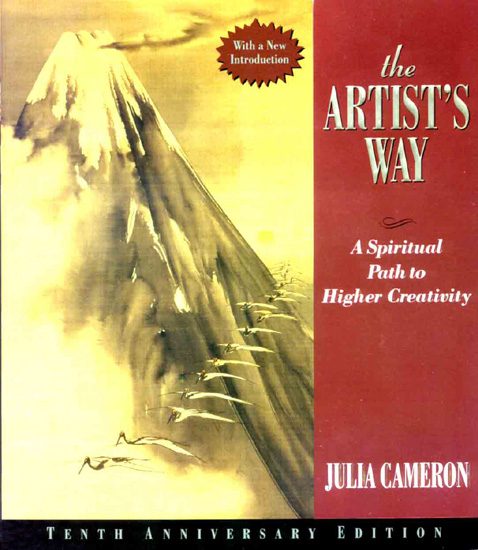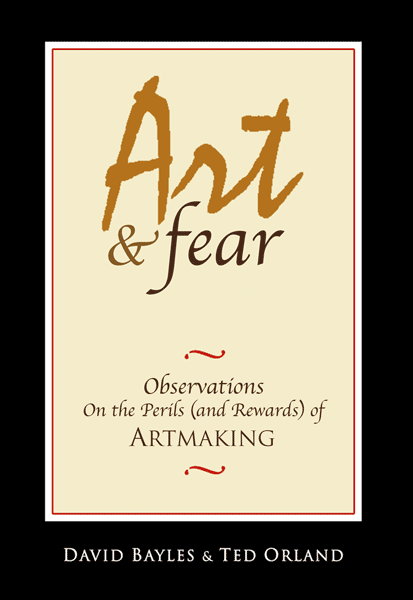This winter, I’ve compiled a six book reading list. I have chosen these books to help foster some of my creative habits and hopefully just to motivate me artistically. (This will explain why three of them are self-help bookies.) Some of these “winter” books may run into spring or summer (I’m looking at you David Foster Wallace) but I will do a post as I complete each book.
1 & 2. Buddha by Osamu Tezuka
This is an 8 volume series by Astro Boy creator, Osamu Tezuka that follows the life of Siddhartha Buddha. I have volumes 1 and 2, and have already blazed through the first installment. While the dialogue is fast-paced and the art is simple (yet expressive), Tezuka creates a rich story that combines elements of Ancient Indian culture and contemporary slang. The bold simplicity and confidence of the art really compliments the huge personalities of characters like Tatta and Chapra, two young boys on the low end of the caste system, who are trying to survive the effects of war and intolerance. I want to write so much more about this book, about how I love that it involves Buddhist history and lore, but…. I have to remember I will write a whole post about this later.
3. Infinite Jest by David Foster Wallace
DFW has been on my must-read list for about two years. Ever since a good friend of mind recommended him. I have researched his life, watched multiple interviews with him, read his short stories Consider the Lobster and Backbone, listened to his 2005 Commencement Speech at Kenyon College, and even read some of his peers such as Jonathan Franzen. But I have avoided the big plunge into his novels because I always viewed it as a commitment I could not undertake. Enough excuses. I am starting Infinite Jest this winter because I have always wanted to read it. Through my short sampling of Wallace’s work, I really have been intrigued by his writing style descriptive, poetic, if not long-winded and at times acidic.
Additionally, I am all about visual artists exploring other avenues of art. Reading a book that is not related directly to art will be a much-welcomed break.
And without much further ado… the non-fiction self-help books for fostering creativity and building positive art-making habits.
Here we go!
4. The Artist’s Way by Julia Cameron
I have already begun to read this book or as Cameron would prefer me to say, I have already begun to “use” this book. The author designed the book to be used as a tool for a 12-week program of daily activities to jump start your blocked creativity. So far, Cameron has asked to generate 3 pages of long-hand, stream-of-consciousness writing each morning, write self-affirmations like “I am a brilliant and prolific artist,” record my negative thoughts towards myself as an artist, and write about people who have sabotaged my dreams and those who have supported me. It is too early for me to form a good opinion on this book, but I do have some initial mixed feelings.
The book has a strong “God” overtone manifested in the author’s claim that we are all instruments of creativity that comes from the Creator. The book is also over-saturated with inspirational quotes. Seriously there are two to three quotes on the margin of each page. Why? They are quite distracting and honestly some of them are really vapid and weak.
However, I will say she does have some good ideas on getting you in the creative mentality on a daily basis. The morning pages are a time commitment but a worthwhile one in my opinion. Despite the hilariously bad reviews on Amazon, this seems to be a widely accepted and well-loved book. I am interested to keep reading… or “using.”
5. The Creative Habit by Twyla Tharp
This book I currently know the least about. I barely now anything about the author except that she was an exceptional dancer and choreographer in New York City. I am excited to read it to get the insights of another artist besides a visual artist. More to come on this book…
6. Art & Fear by David Bayles and Ted Orland
Again, I have also done little research on this book but decided to pick it up because I know it is a well-loved book with many good reviews. I feel like with this book and Twyla Tharp’s book I am investigating the hype. Art & Fear’s spin seems to be: so few of us are geniuses, so how does the ordinary person make good art? If this is the book’s approach, I appreciate the no-bullshit, nitty-gritty, truth-seeking tone. I really hope this book doesn’t disappoint.
Ultimately, I see these three self-help books as research in the field of Art Education so that perhaps some day down the line I can recommend one to another struggling young artist. I remember how important I felt when my high school Psychology teacher lent me her copy of Opening Skinner’s Box by Lauren Slater when she recognized my interest in the topic. That simple gesture was so motivating for me to become a better student in her course. It was also the first non-fiction book I ever read. After that book, I immediately bought two more Psychology books, The Lucifer Effect by Philip Zimbardo and The Interpretation of Dreams by Freud. Sorry to end this post on such a corny note, but my point is: I truly believe in the magical, beautiful gesture of lending or giving someone a book.
So let me know if you want to borrow!






